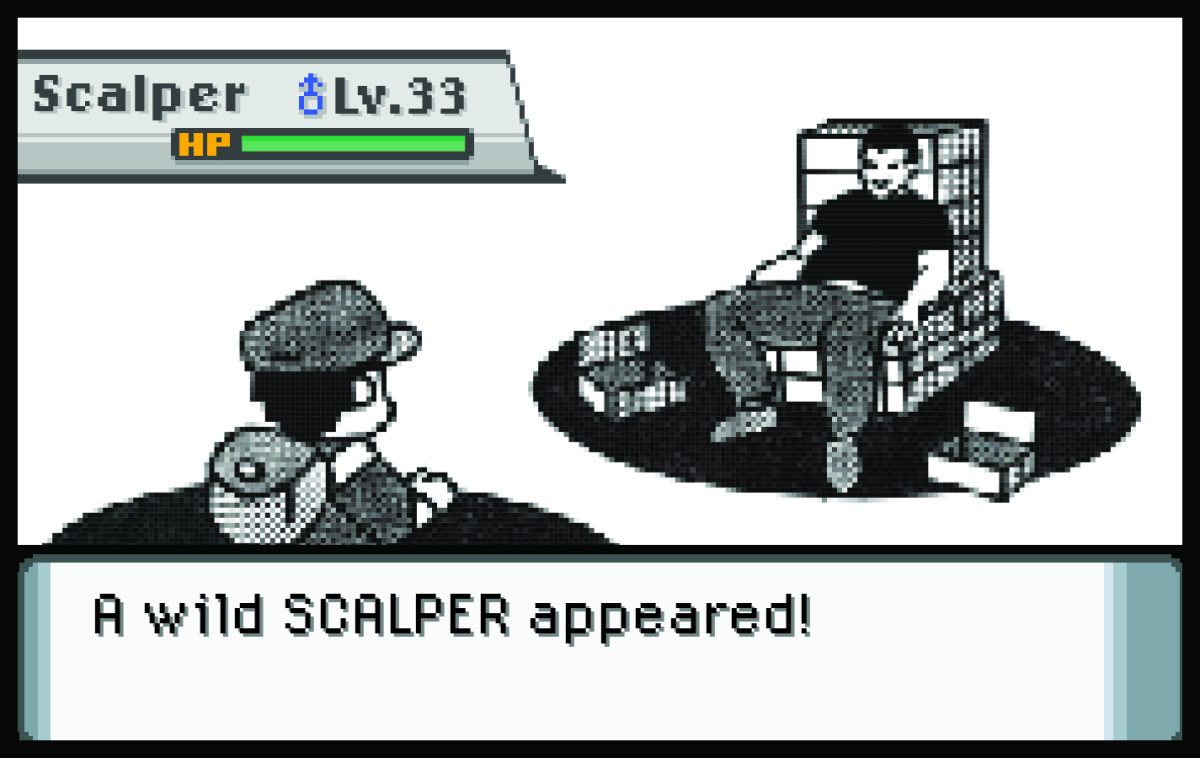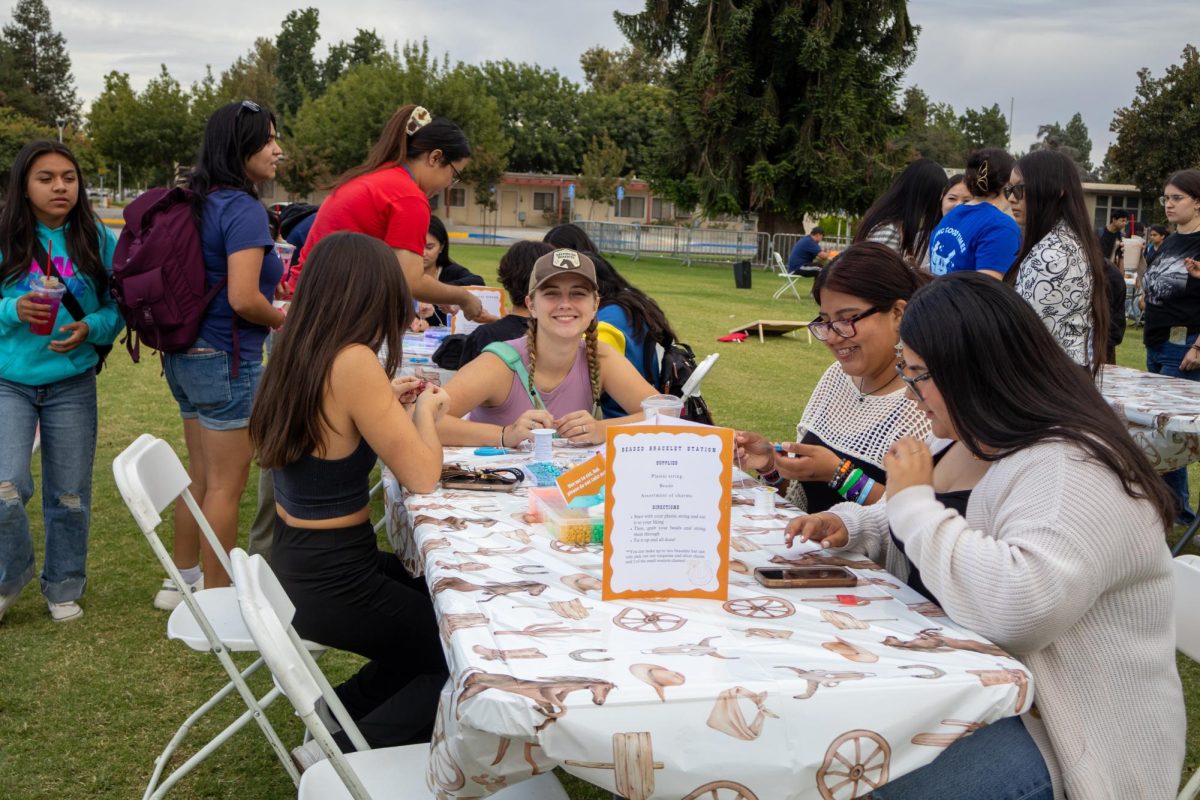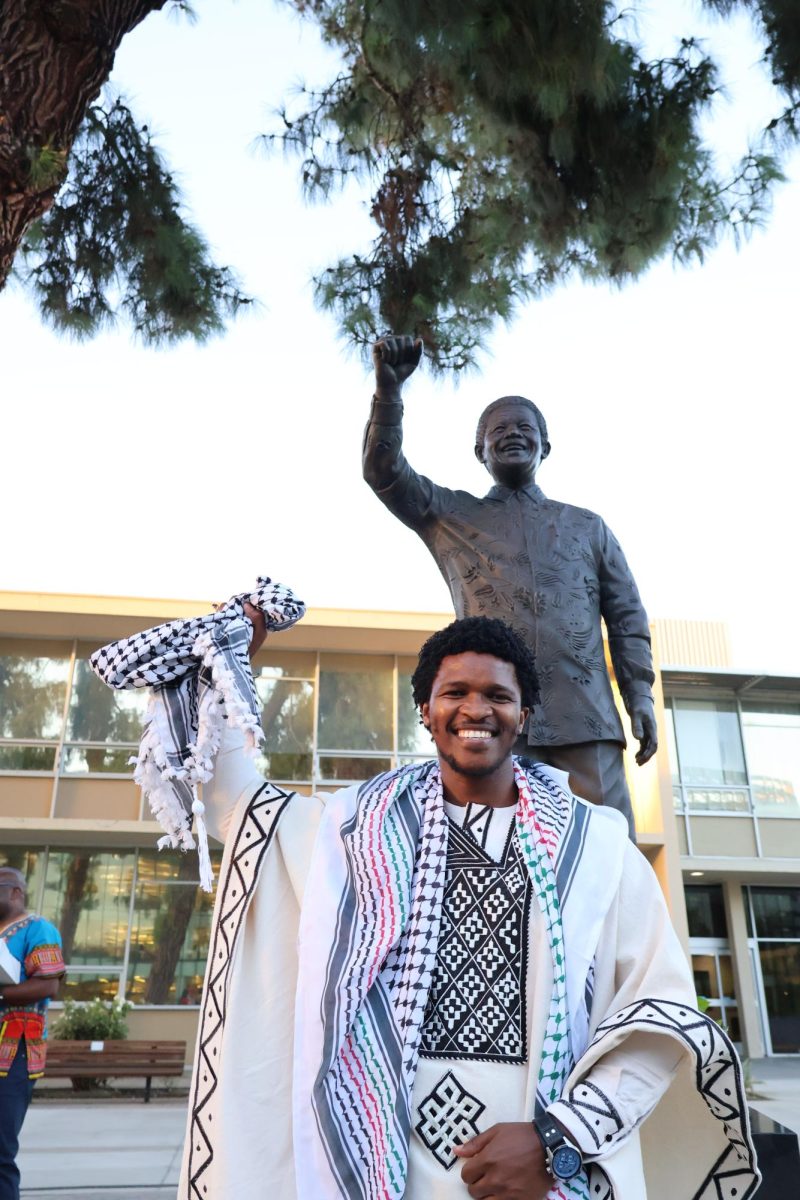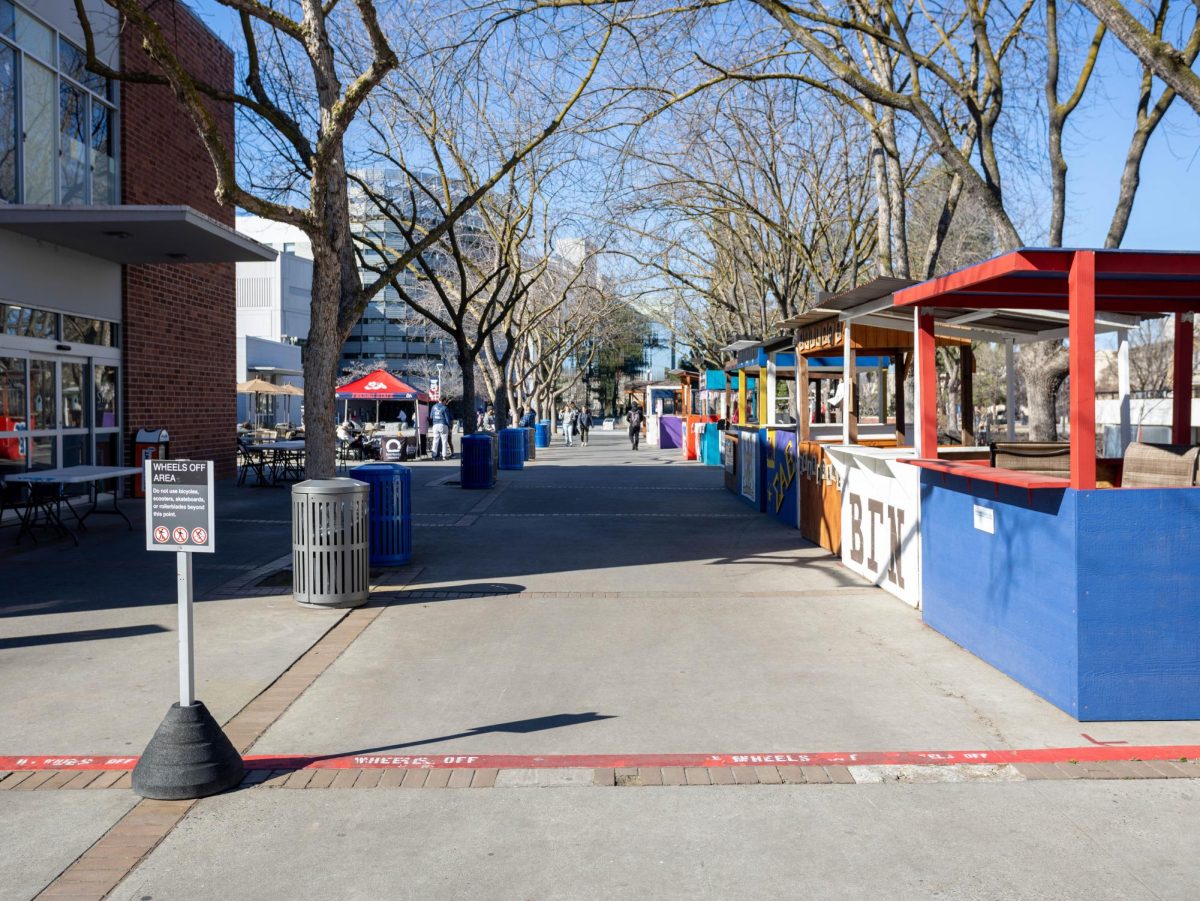Since construction began in the fall of 2022, Fresno State has taken a significant step toward its Central Utility Plant Replacement (CUPR) project, upgrading the campus’ central utility infrastructure.
According to Debbie Adishian-Astone, Fresno State’s vice president for administration and chief financial officer, “the project has reached substantial completion.”
In partnership with Meridiam, NORESCO and GLHN– together known as the Bulldog Infrastructure Group (BIG)– the CUPR project is under a 33-year public-private-partnership (P3) contract, valued at about $170 million.
Meridiam, an equity member of BIG, is an asset management and investment company that focuses on sustainable infrastructure. Together with NORESCO, the lead contractor and maintenance provider, and GLHN, the lead engineers, it serves as a developer of the CUPR project.
The project aimed to address the campus’ hot and chilled water generation and distribution piping network. It included building a new centralized chiller and boiler plant, 32 miles of new underground piping for heating and cooling buildings, new solar photovoltaic panels in parking lots P5 and P6, LED lighting in several buildings and heating, ventilation and air conditioning (HVAC) and energy management system (EMS) upgrades in 11 buildings, according to the university.
Once the CUPR project is complete, Fresno state will cease to be one of the largest PG&E consumers in the Central Valley, and will apply room temperature setpoints that allow the university to comply with California State University Executive Order 0987, a California State University system-wide policy that aims to meet energy efficiency goals.
This is a part of Fresno State’s broader long-term sustainability efforts, aimed at reducing the university’s carbon footprint by reducing energy consumption through central plant efficiency improvement, electrification of campus heating, building energy efficiency measures and renewable generation.
“Benefits of the project include an overall energy savings of over 33%; a 73% reduction on natural gas consumption; a carbon dioxide reduction of over 15 million pounds per year; water reduction of 7,000 kGals per year and 20% of campus energy will come from renewable energy generation,” Adishian-Astone said.
The CUPR project is the CSU system’s first P3 for major utility infrastructure and ensures proper maintenance of major equipment after 30 years which will no longer be a maintenance problem for the university.
“The inclusion of a 30-year major maintenance program will ensure that after 30 years, the campus does not have accrued, unfunded deferred maintenance to support the campus and the build-out of the campus’ master plan,” Adishian-Astone said.
Over the 30-year contract, the implementation of renewable energy generation and energy conservation measures (ECM) will provide more than 30% energy savings to Fresno State.
CSU campuses track their sustainability progress using the Association for the Advancement of Sustainability in Higher Education’s Sustainability Tracking and Reporting System (AASHE STARS). In 2023, Fresno State improved its rating from bronze to silver, with its score rising from 32 to 57. The CUPR project will only help advance this.
“Initiatives such as the CUPR project will help continue this upward trajectory as we strive to become a model for sustainability within the region,” said Alam Hasson, vice provost for the Division of Academic Affairs at Fresno State. “Our current STARS rating is similar to other CSU campuses, which are mostly in the silver and gold categories.”
Fresno State President Saúl Jiménez-Sandoval also highlighted the importance of the CUPR project upon its completion.
“The completion of the Central Utility Plant is an exciting milestone for Fresno State,” Jiménez-Sandoval said. “We will be more energy efficient and 20% of our energy will be produced sustainably through photovoltaic means.“
The project has faced many challenges and delays, which Adishian-Astone linked to construction during the COVID-19 pandemic, supply chain issues with equipment delivery and challenges with the campus’ Central Plant.
Elijah Romero, a second-year media, communications and journalism major, said that navigating the campus during the delays made it inconvenient for him.
“[The construction] made it much longer to get to certain buildings and classes, as I would have to take constant detours,” Romero said. “I didn’t have a scooter, so it was very inconvenient.”
Romero added he had mixed feelings about the project reaching “substantial completion”, noting that other buildings on campus still need improvements.
“I do believe that the construction has helped fix the campus’ problems with plumbing and older pipes,” Romero said. “The one thing that I still feel can be improved or fixed is with some classrooms, especially the ones at the Industrial Technology Building, as I feel a lot of them are aging.”
Once the project is complete, Adishian-Astone said the attention will turn to buildings that weren’t a part of the CUPR project.
“[Following the completion of the CUPR project] the focus going forward will be on investing in improvements in the mechanical systems within our building that were not part of the CUPR project to ensure optimal operational efficiency and occupant comfort,” Adishian-Astone said.




















